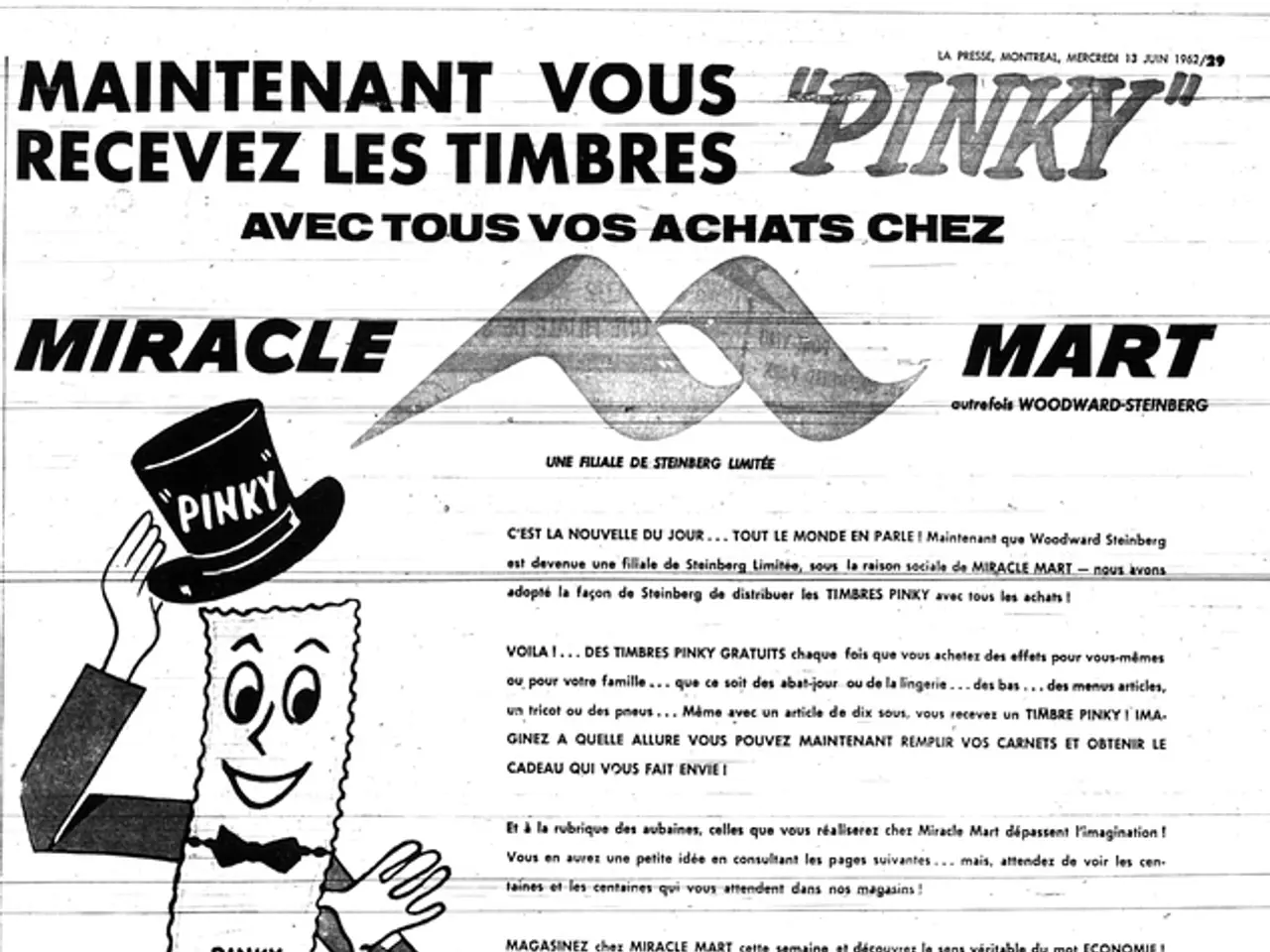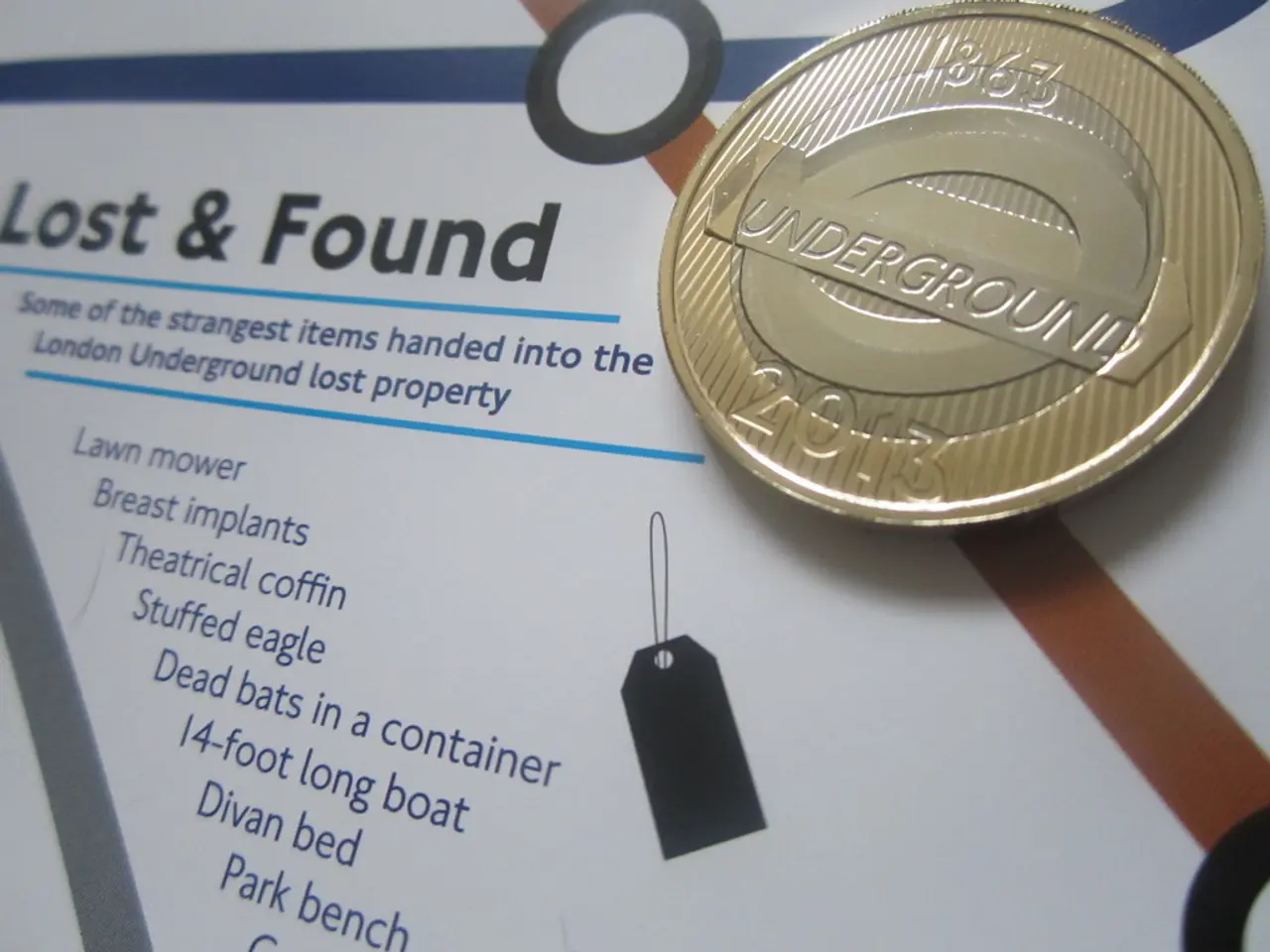Comparison of Return on Investment (ROI) between Search Engine Optimization (SEO) and Pay-Per-Click (PPC) Advertising
In the digital marketing landscape, two strategies stand out as particularly effective for small businesses: SEO (Search Engine Optimization) and PPC (Pay-Per-Click Advertising). Each approach offers unique benefits and potential drawbacks that can influence a business's decision-making process.
SEO (Search Engine Optimization)
Pros:
- Long-term, compounding benefits: SEO builds organic visibility and authority over time, leading to lasting traffic without ongoing ad costs. As a result, businesses can benefit from a continuous flow of visitors even after the initial investment.
- Cost-effective over time: After initial investments, SEO typically has lower ongoing expenses compared to continuous PPC spending. This makes it an attractive option for businesses seeking long-term growth without the burden of high maintenance costs.
- Builds credibility and trust: Organic search rankings are often perceived as more trustworthy by users than paid ads. By appearing at the top of search results through SEO efforts, businesses can establish themselves as reliable and authoritative in their industry.
- Local SEO benefits: Effective for attracting local customers through map listings and regional keyword targeting. This feature is particularly beneficial for businesses that cater to a specific geographic area.
- Suits low-competition, targeted keywords: Best when targeting precise, less competitive search terms with clear user intent. This strategy allows businesses to focus on keywords that are more likely to convert into sales or leads.
Cons:
- Slow to deliver results: SEO usually takes 3–6 months or more to gain traction, particularly for new websites or those without strong content. This can be a challenge for businesses seeking immediate results.
- Ongoing effort and maintenance: SEO is never fully complete; it requires continuous updates and monitoring of keywords and content. This ongoing commitment can be time-consuming and resource-intensive.
- Algorithm dependency: Organic rankings can fluctuate because of search engine algorithm changes. Businesses must stay informed about updates and adapt their strategies accordingly to maintain their rankings.
PPC (Pay-Per-Click Advertising)
Pros:
- Immediate visibility and traffic: PPC ads can be launched quickly, generating leads and traffic within hours or days. This makes PPC an attractive choice for businesses seeking rapid results.
- Highly targetable: Allows specific audience targeting by demographics, location, device, and time of day, which SEO cannot do as precisely. This level of targeting can help businesses reach their ideal customers more effectively.
- Control over ad placement and messaging: Businesses can prominently appear at the top of search results without relying on organic ranking. This can help businesses gain immediate visibility and control over their brand's image.
- Useful for time-sensitive campaigns: Ideal for promotions or events needing quick awareness and response. PPC allows businesses to tailor their campaigns to specific timeframes and adjust their budget accordingly.
Cons:
- Can be expensive: Especially for competitive keywords; requires constant budget to maintain traffic flow. Businesses must carefully manage their budget to ensure they are getting a good return on investment.
- No lasting benefits: Traffic stops once the ad budget runs out; no compounding or residual effects like SEO. This means businesses must continually invest in PPC to maintain their visibility.
- Potentially lower trust: Some users skip ads, viewing organic results as more credible. This can impact the perceived credibility of businesses that rely heavily on PPC advertising.
- Requires ongoing management: Efficient campaigns demand continual monitoring and optimization to control costs and maximize ROI. This ongoing management can be time-consuming and resource-intensive.
Strategic Use and Combination
- Integrated Approach: Combining SEO and PPC is often recommended for small businesses—PPC drives fast initial leads, while SEO builds sustainable growth and authority. By using both strategies, businesses can achieve a balanced approach to their marketing efforts.
- PPC as Keyword Testing: PPC campaigns can test which keywords convert best before investing in SEO content around them. This approach allows businesses to make informed decisions about their SEO strategy based on real-world data.
- Increased SERP Real Estate: Occupying both paid and organic results improves brand visibility and click dominance. This dual presence can help businesses stand out among competitors and attract more traffic.
In conclusion, the choice between SEO and PPC, or the strategic combination of both, depends on a business's immediate needs, budget, and long-term goals. Understanding the pros and cons of each approach can help businesses make informed decisions and develop effective marketing strategies.
- The use of analytics for tracking both SEO and PPC performance can provide valuable insights for small businesses, ensuring they optimize their approach and make data-driven decisions in finance management.
- Effective content marketing, when combined with link building, can significantly boost SEO efforts, driving higher rankings and organic traffic by making a business's website valuable and authoritative in the eyes of search engines.
- Social media platforms offer a great venue for businesses to promote their content marketing efforts, amplifying reach and generating engagement that can ultimately result in improved conversion rates.
- In the ever-evolving digital marketing landscape, technology plays a crucial role in enabling small businesses to adapt, automate, and scale their SEO and PPC strategies for optimal performance and increased return on investment.
- By staying abreast of the latest trends and innovations in both SEO techniques and PPC best practices, businesses can ensure they keep up with their competitors and remain at the forefront of the digital marketing industry.



